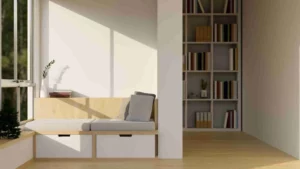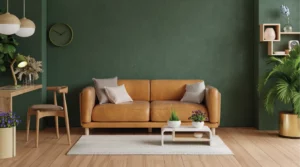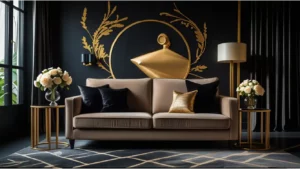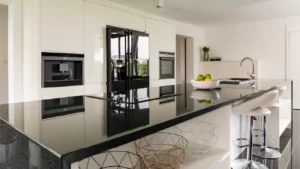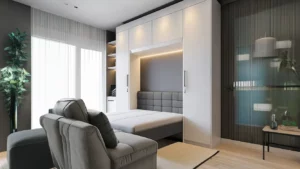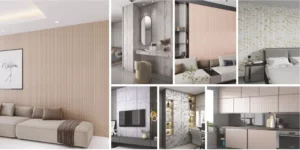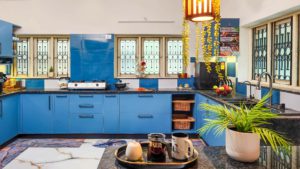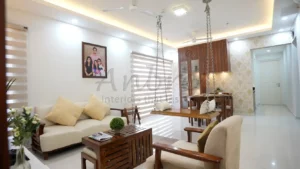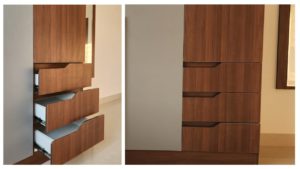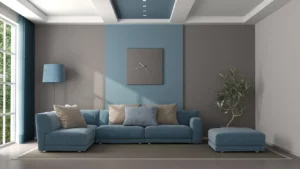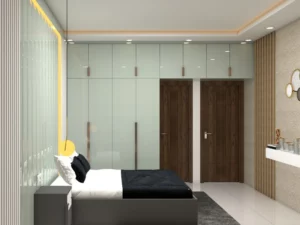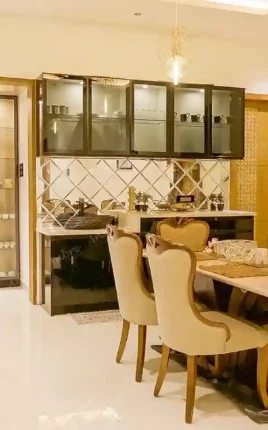Small Living Room? 17 Space-Saving Interior Design Tips
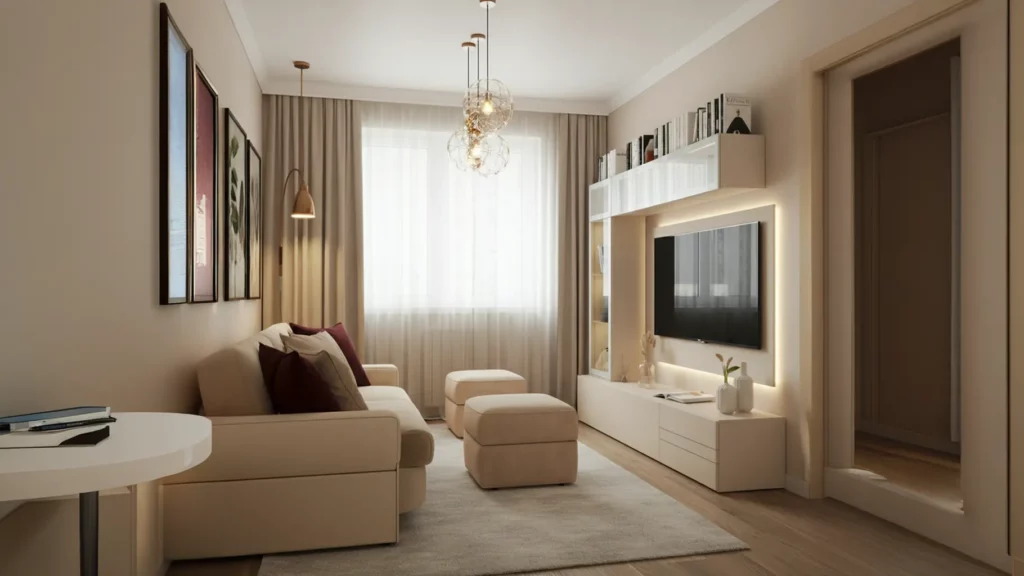
A small living room can be stylish and spacious with smart design choices.. With smart design choices, you can make your space look bigger, brighter, and more functional. Here are 17 easy and affordable ideas to help you make the most of your living room. Whether you’re looking for budget-friendly small house interior design, space-saving interior design, or simple small living room ideas, these tips will help you create a cozy and inviting home.
1. Choose Multi-Functional Furniture
Opt for multifunctional furniture that serves more than one purpose. A sofa bed, an ottoman with hidden storage, or a coffee table that doubles as a desk can save space in your home while adding functionality.
2. Use Light Colors
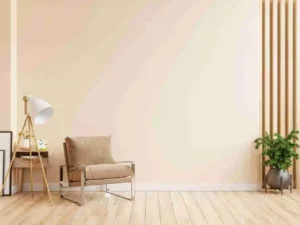
3. Maximize Wall Space
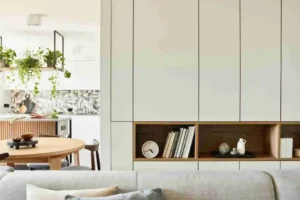
Utilize vertical space with open shelving, tall bookcases, or wall-mounted storage solutions to keep the floor clear and make the room feel more spacious.
4. Keep It Minimal
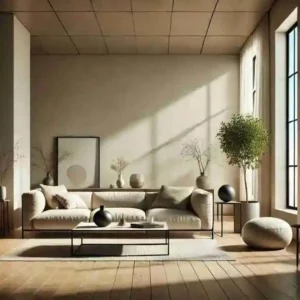
A clutter-free, minimalist approach with fewer pieces of furniture and decorations creates an open, airy, and inviting ambiance.
5. Add Mirrors for Depth
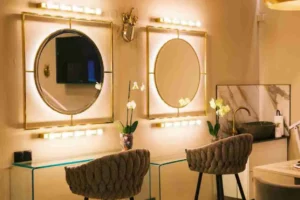
Mirrors reflect light and create the illusion of a bigger space. Positioning a large mirror across from a window can double the brightness of your room.
6. Opt for Compact Furniture
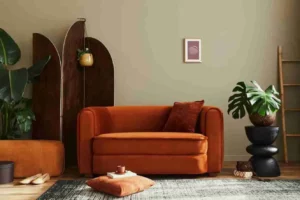
Choose furniture designed for smaller spaces, such as a loveseat instead of a full-sized sofa, to improve movement and maximize space.
7. Install Built-in Storage
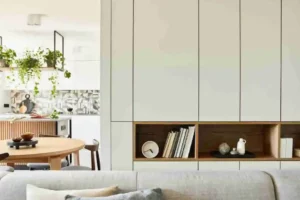
Built-in shelves and cabinets maximize storage while adding functionality. Opt for seating with hidden storage to keep your space tidy and stylish.
8. Try Foldable or Nesting Furniture
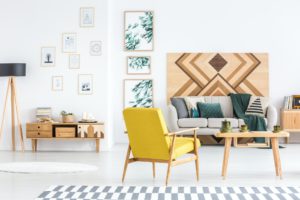
Foldable furniture, drop-leaf tables, and nesting coffee tables provide flexibility without too much space when not in use.
9. Mount Your TV
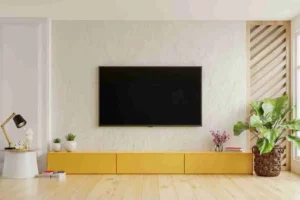
A wall-mounted TV eliminates the need for bulky entertainment units, freeing up valuable floor space.
10. Use Rugs to Define Areas
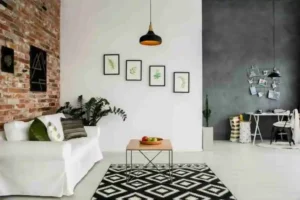
A well-placed rug can define spaces within your living room, creating a sense of structure and order.
11. Choose Furniture with Legs
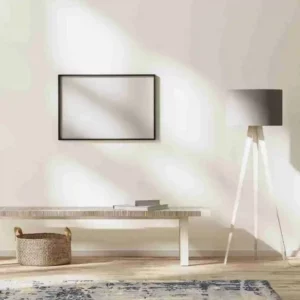
12. Let in More Natural Light

Use sheer curtains or light blinds to allow more sunlight into the room. Natural light in small spaces enhances the feeling of spaciousness and warmth.
13. Stick to Neutral Colors with Pops of Color
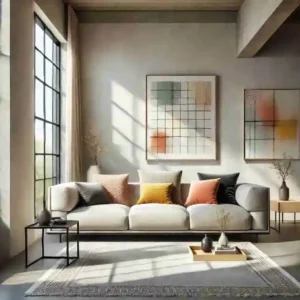
A neutral color scheme keeps the room feeling open and airy, while pops of color in pillows, rugs, or artwork draw the eye and add personality and style.
14. Hang Curtains Higher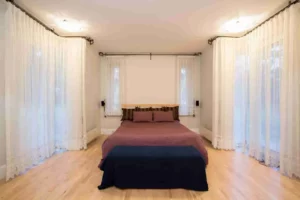
Installing curtains closer to the ceiling rather than just above the window makes the ceiling appear taller and the room feel larger.
15. Use a Wall – Mounted Desk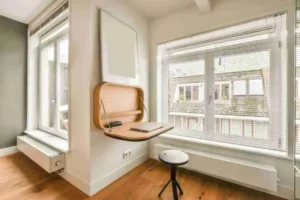
If you need a home office, a fold-down or wall-mounted desk is a great way to save space without sacrificing functionality.
16. Try Glass or Transparent Furniture
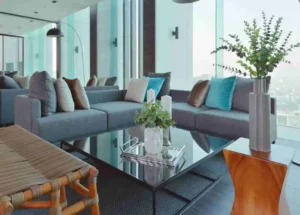
Glass coffee tables and clear acrylic chairs reduce visual clutter, making smaller spaces feel more open and less crowded.
17. Keep It Organized
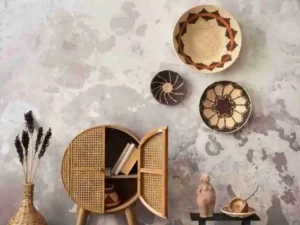
A living area can quickly feel messy, so regular decluttering is essential. Use baskets, hidden storage, and smart home decor solutions to keep things neat.
Final Thoughts
A small living area can still be stylish, comfortable, and functional with the right design elements. By following these 17 easy ideas, you can maximize your space and create a welcoming home. Whether you’re searching for space-saving interior design ideas, simple dining room decor, or compact dining areas solutions, these tips work for all types of smaller spaces.
If you’re specifically looking for space-saving interior design in India, these ideas cater to compact urban homes, ensuring that every inch of space is used efficiently while maintaining a stylish and cozy atmosphere.
For professional help in transforming your space in a small home, consider Anbre Interiors, an expert in maximizing space with stylish and functional designs.

